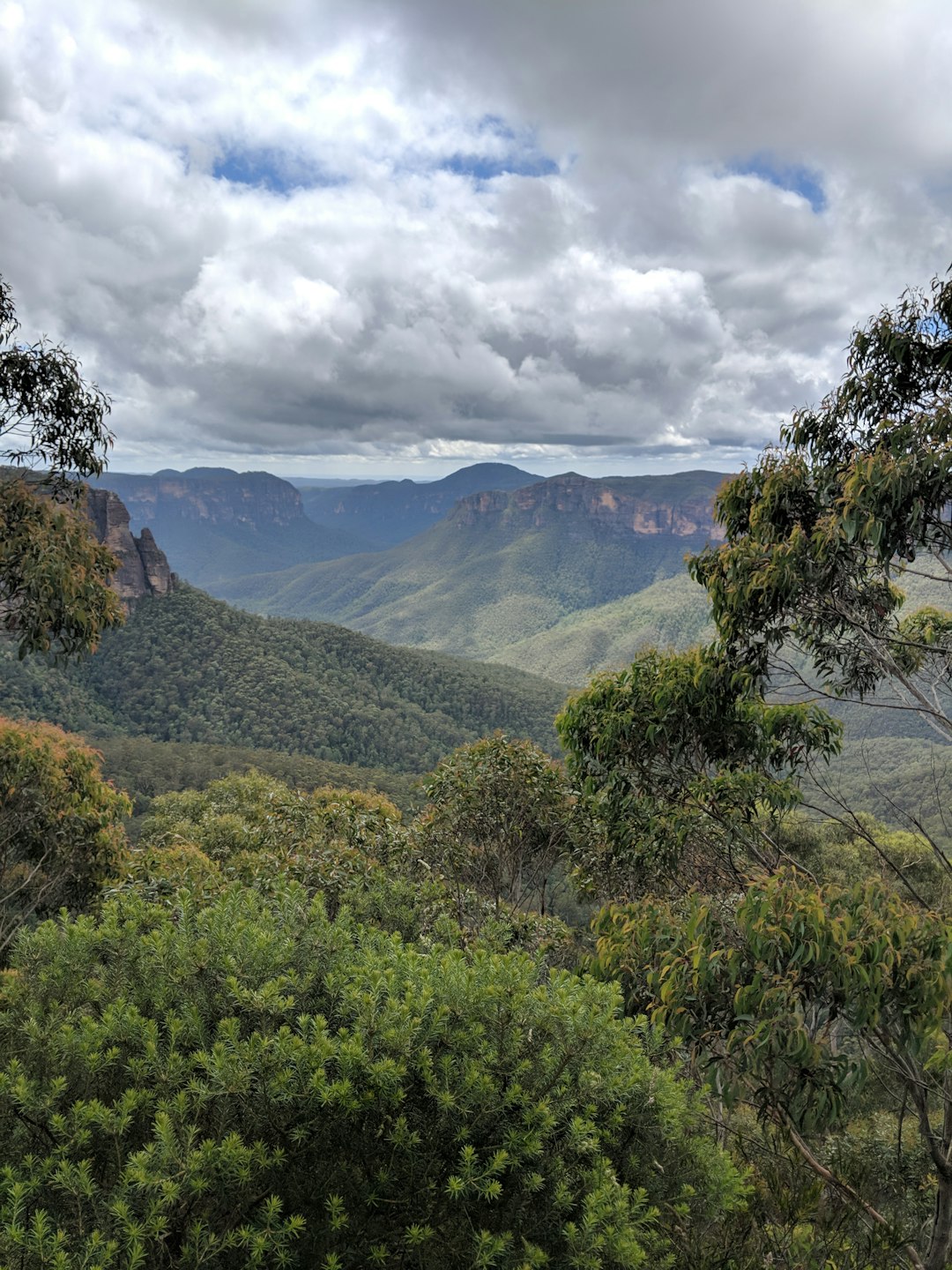Litchfield National Park, located in the Northern Territory of Australia, is renowned for its stunning natural beauty and diverse ecosystem. This popular tourist destination attracts visitors from around the world who come to explore its breathtaking landscapes, cool clear swimming holes, and ancient Aboriginal rock art sites. Let’s delve into what makes Litchfield National Park so special.
Natural Attractions
Litchfield National Park is home to an impressive array of natural attractions that showcase the park’s unique beauty. The towering magnetic termite mounds, intricately formed by thousands of termites, are a marvel to behold. Another highlight is the Florence Falls, where visitors can take a refreshing dip in the crystal-clear plunge pool or admire the stunning waterfall from the lookout point.
Wangi Falls is another popular spot, with its picturesque waterfall cascading into a serene swimming hole surrounded by lush rainforest. Visitors can relax, swim, and enjoy a picnic in this idyllic setting. The nearby Buley Rockhole offers a series of refreshing rock pools that are perfect for a rejuvenating soak or a natural spa experience.
Cultural Significance
Besides its natural attractions, Litchfield National Park holds great cultural significance for the indigenous people of the area, the Jawoyn and Western Arnhem Land Aboriginal traditional owners. Throughout the park, visitors can find ancient rock art sites that depict stories of the Dreamtime and provide a glimpse into the history and spirituality of the Aboriginal people. These sites are a testament to the rich cultural heritage and connection to the land that is still preserved and celebrated today.
Flora and Fauna
One of the most remarkable aspects of Litchfield National Park is its diverse flora and fauna. The park is home to a wide variety of plant species, including the iconic termite-resistant cathedral termite that creates large mounds in the landscape. The monsoon forests, open woodlands, and sandstone escarpments provide habitats for a range of animals, such as wallabies, possums, dingoes, and a variety of bird species.

Among the park’s unique flora is the delicate, carnivorous pitcher plant (Cephalotus follicularis), which can be found in the bogs and swamps of the region. This plant attracts insects into its pitcher-shaped leaves, which contain digestive enzymes to break down the captured prey.
Recreation and Adventure
For adventurous souls, Litchfield National Park offers plenty of opportunities for exploration and recreation. The park features several walking trails that allow visitors to immerse themselves in the beauty of their surroundings. The Tabletop Track and the Walker Creek Walk are just a couple of examples of the scenic trails available for hikers of all levels.
For those looking for a more adrenaline-pumping experience, 4WD tracks and off-road trails are accessible in certain areas of the park. This allows visitors to discover hidden gems and navigate their way through the rugged terrain.
Litchfield National Park is a true natural wonder, offering visitors a chance to connect with nature, learn about Aboriginal culture, and indulge in exciting outdoor activities. From its stunning waterfalls and swimming holes to its ancient rock art sites, this park encapsulates the raw beauty of the Australian outback. Whether you’re seeking wildlife encounters, peaceful relaxation, or thrilling adventures, Litchfield National Park has something for everyone.